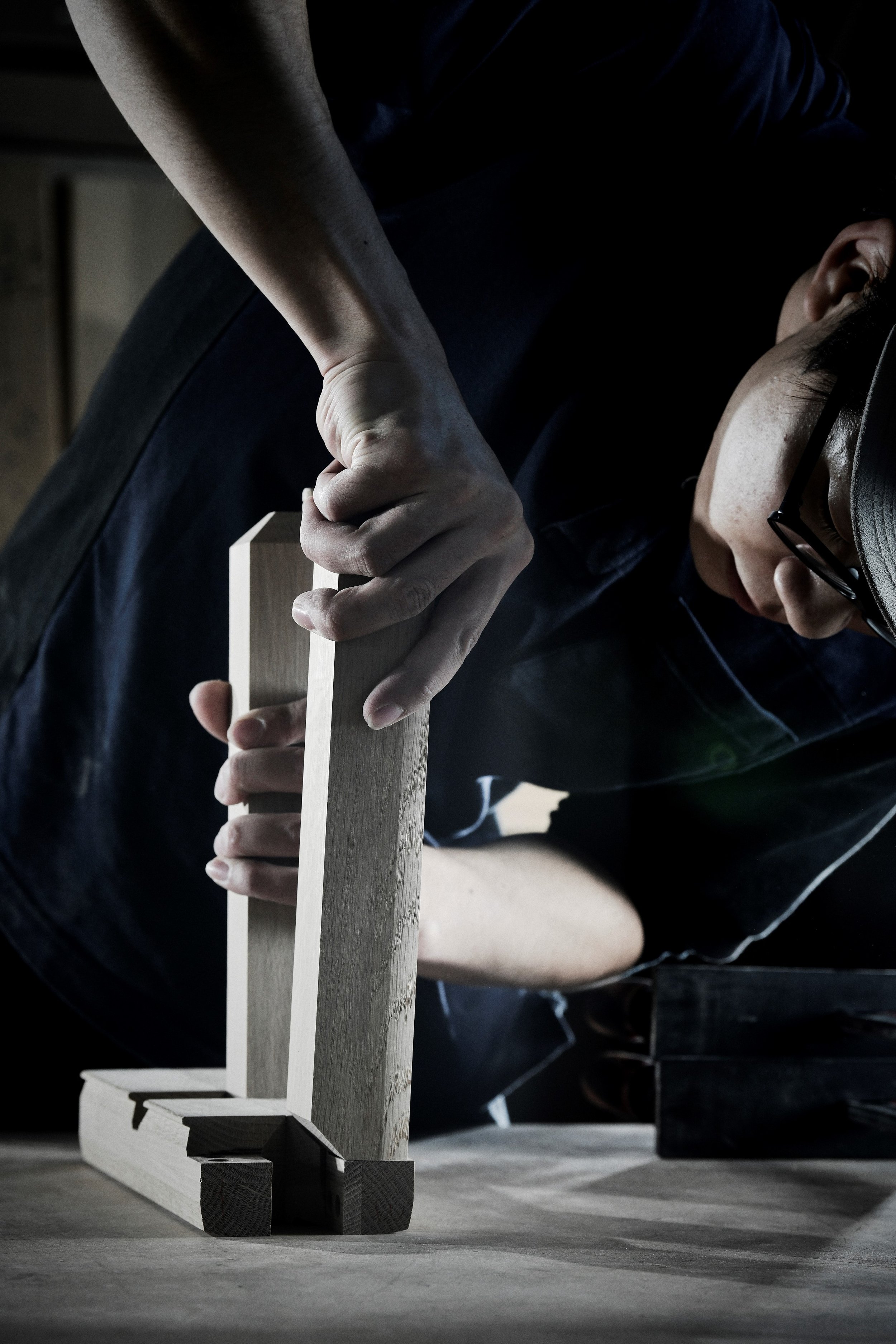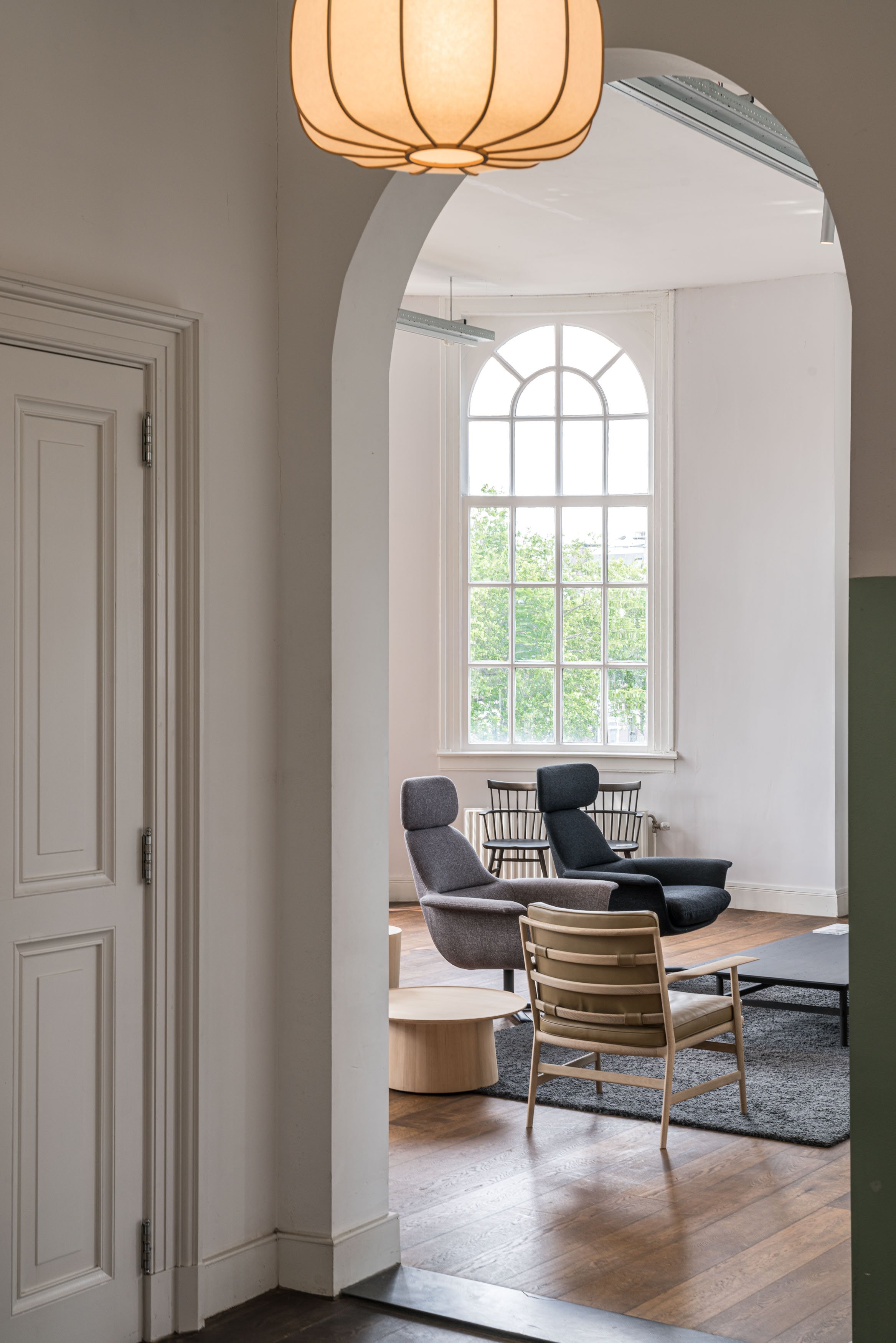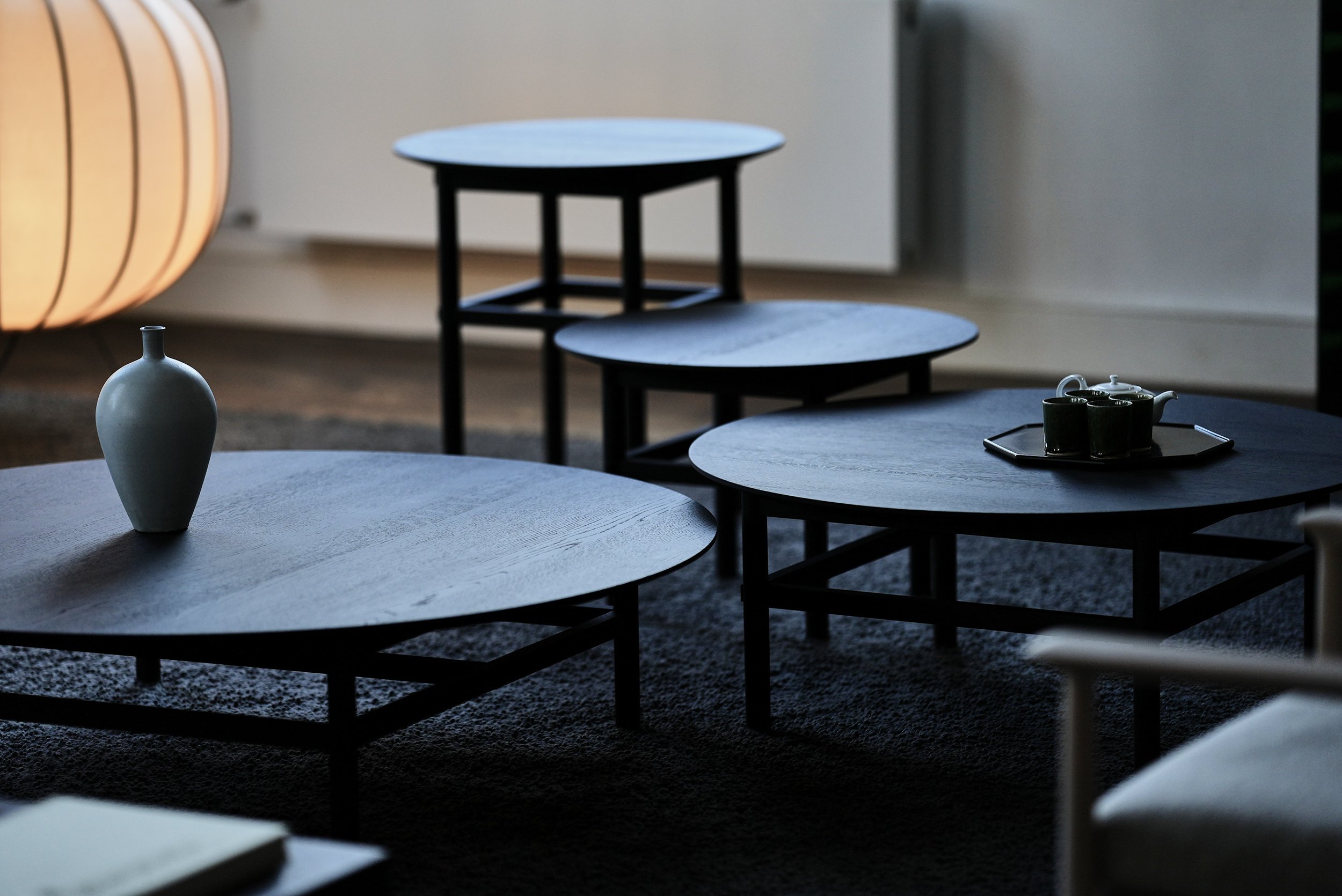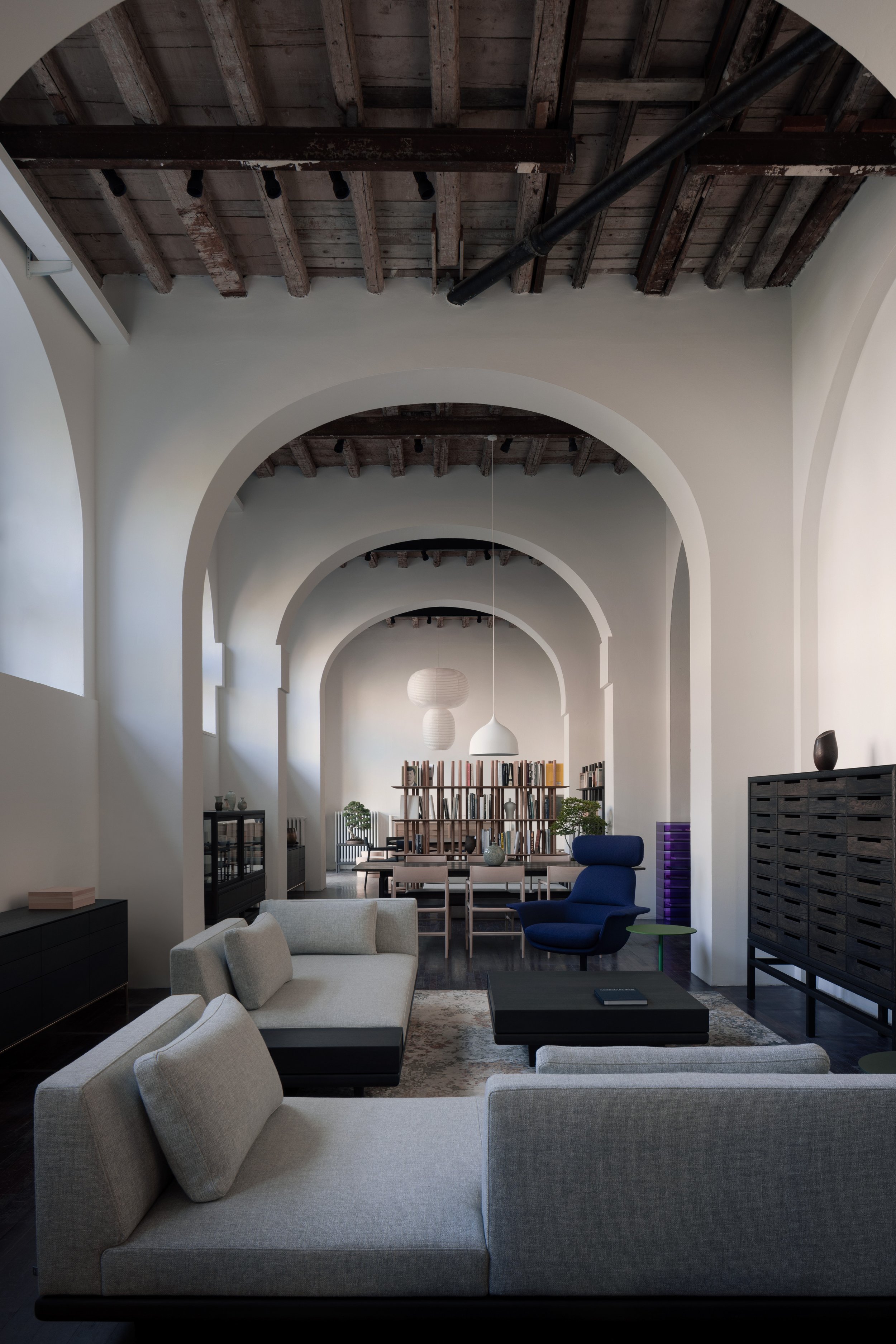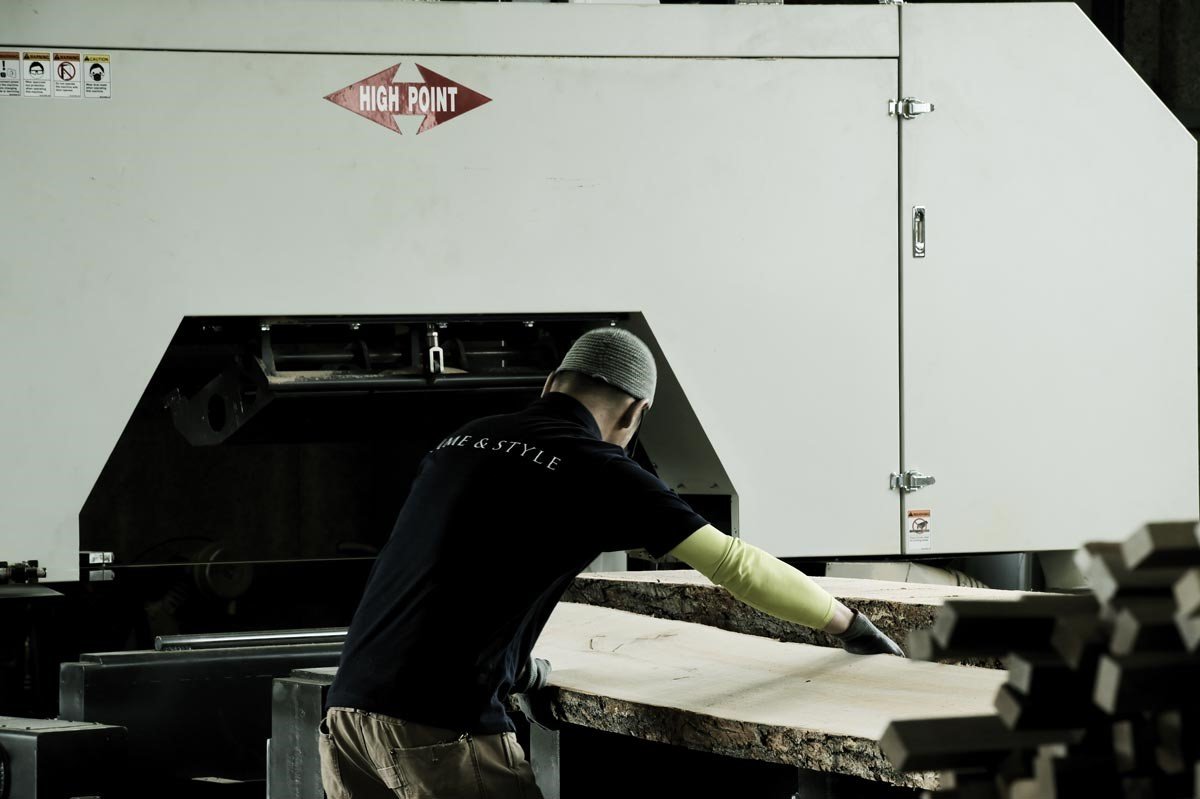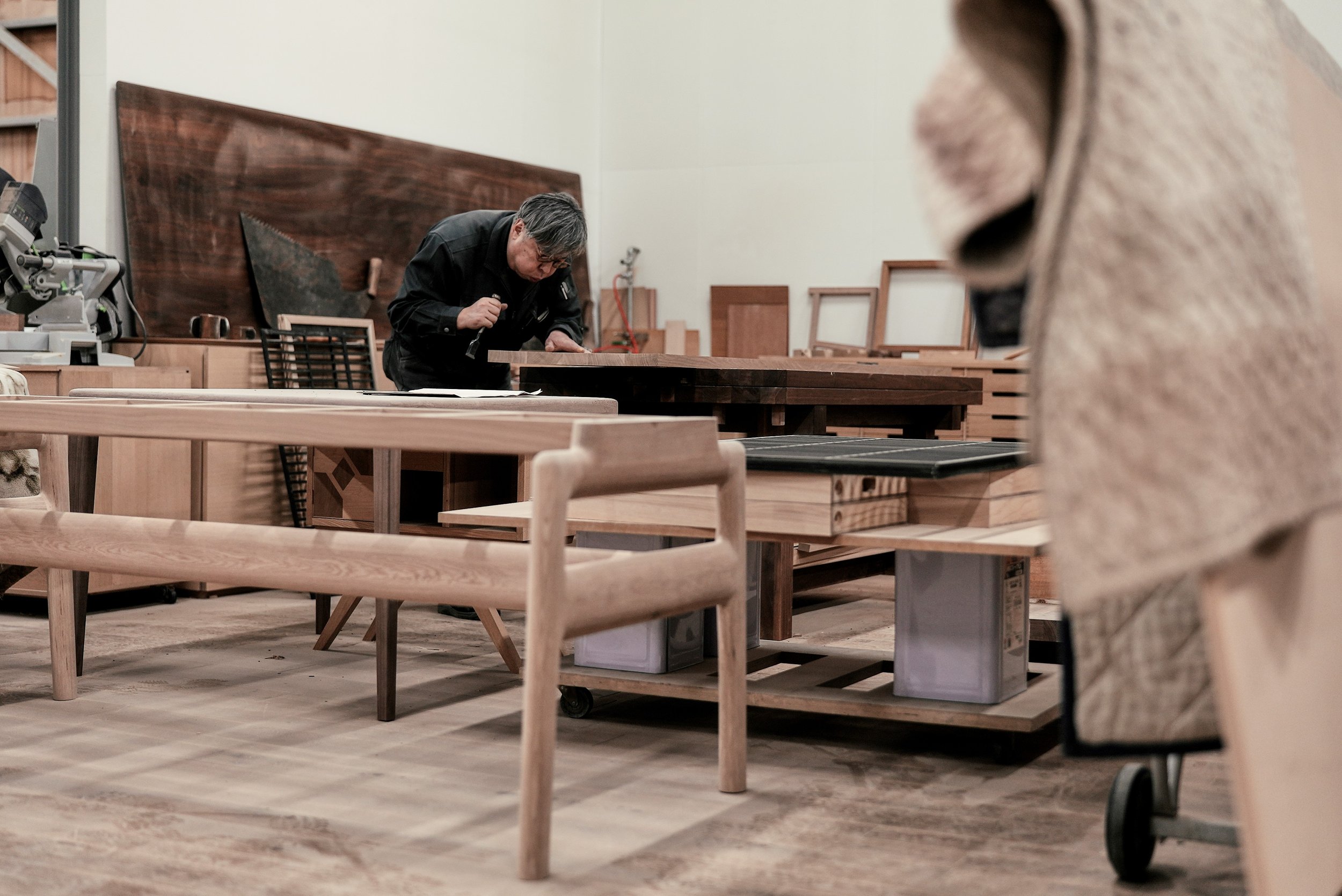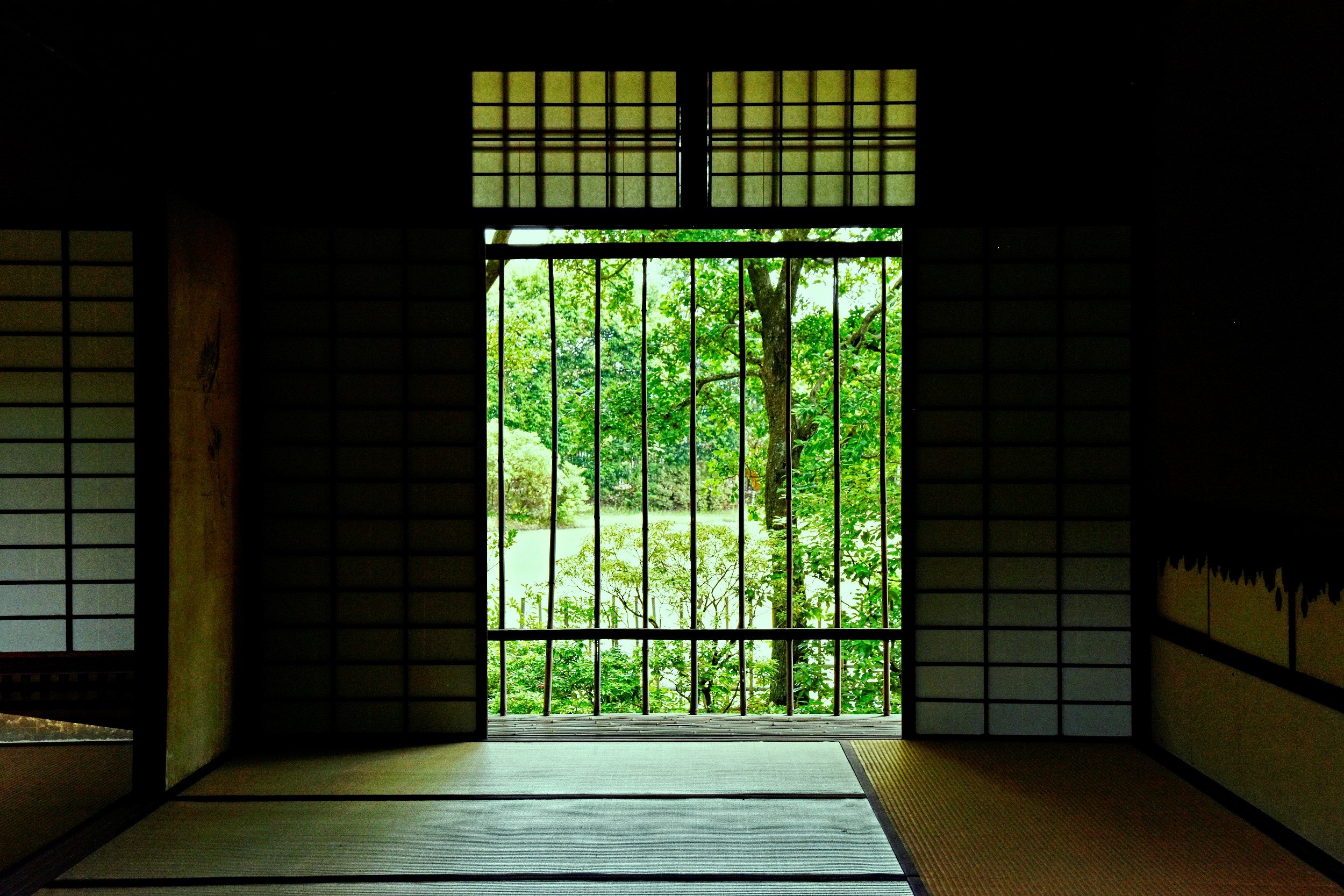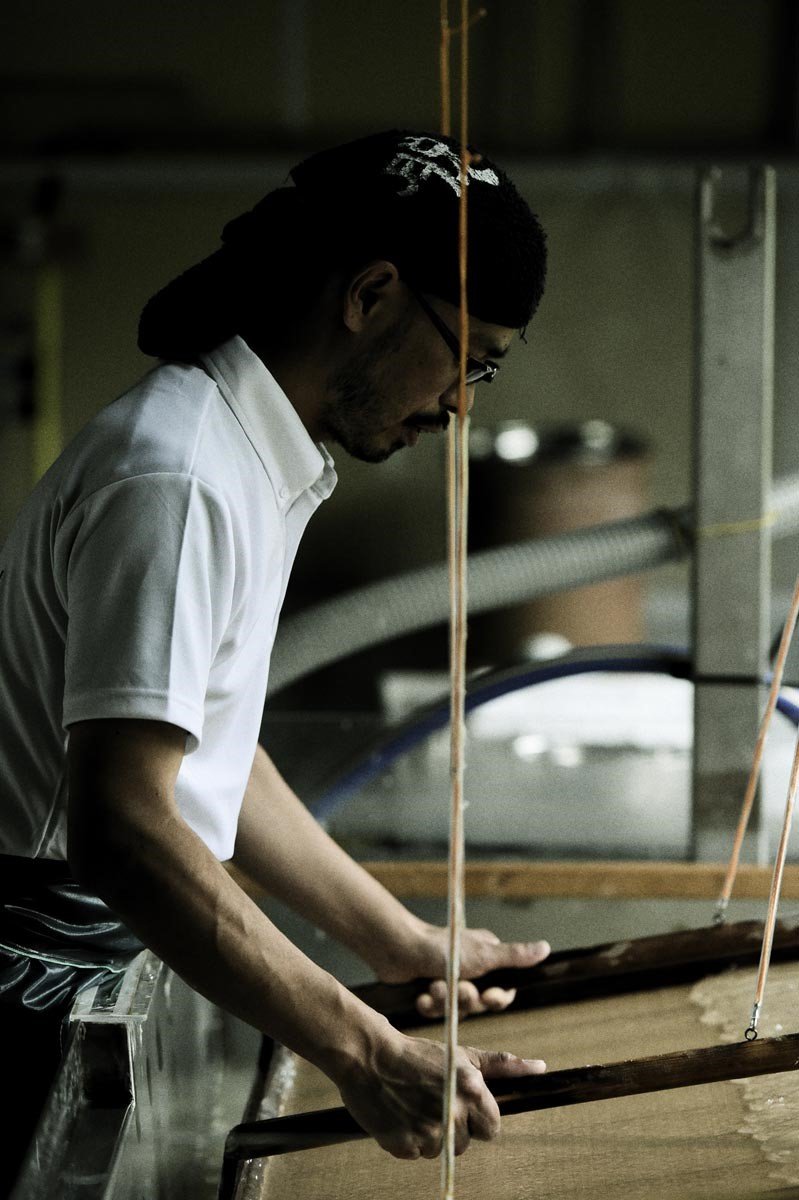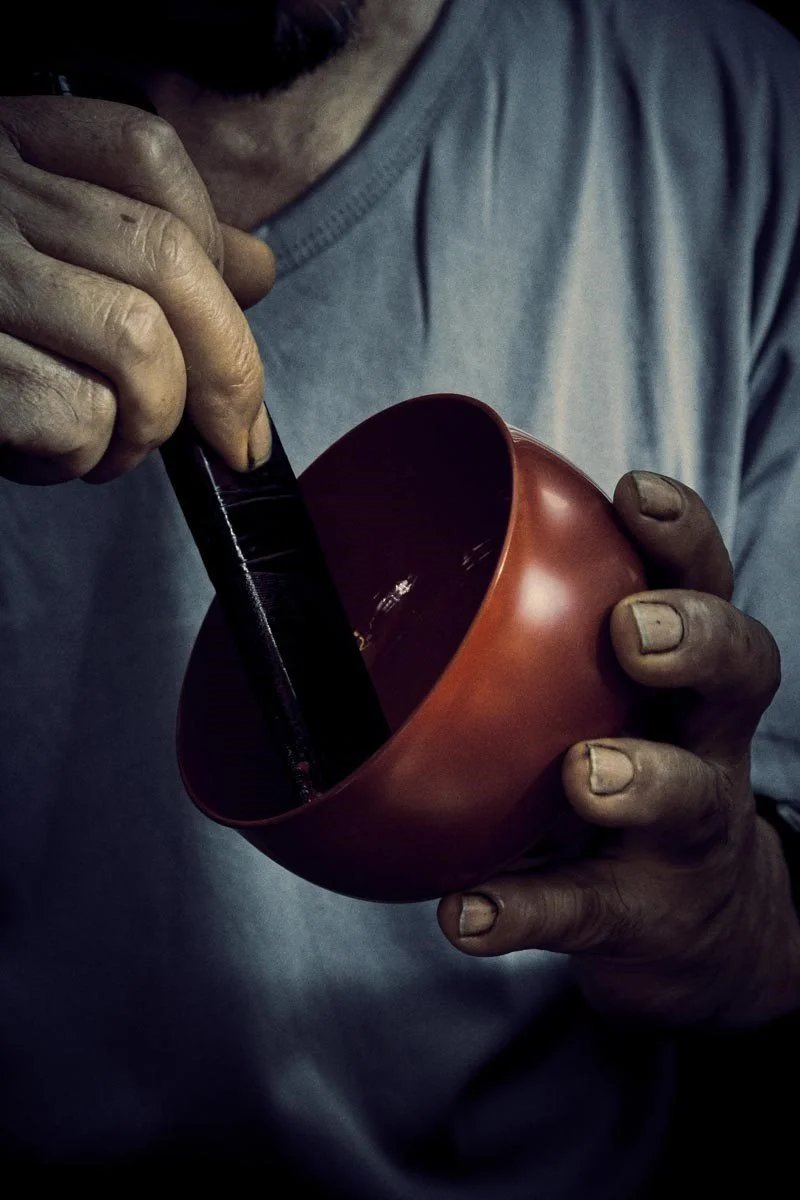
Celebrating local Japanese heritage, or “regional roots,” Time & Style fuses sleek modernity with Japanese craftsmanship — a legacy handed down through generations.
Time and Style is a Japanese interior brand.
The brand specialises in designing and producing furniture, lighting, tableware, towels, and other everyday tools. The design concept involves updating traditional Japanese techniques for modern living and creating products that are durable, timeless, and highlight the unique qualities of the materials used.
“A chair of the tree, a tree of the forest.”
Such is the ethos which guides Tokyo-based furniture and interior design brand Time & Style, words taken from their very own book and which encapsulate their raison d’être. Celebrating local Japanese heritage, or “regional roots,” this pioneering brand fuses sleek modernity with Japanese craftsmanship — a legacy handed down through generations. Offering robust yet visually striking handcrafted products, Time & Style embodies a unique blend of beauty, functionality and history, borne from the raw materials of Japan.
As well as linking past customs with the present and the natural world with everyday life, Time & Style draw inspiration and wisdom from our ancestors. A testimony to this, use of machinery at the Time & Style Factory in Hokkaido is kept to a minimum, meaning that much of the lumbering, drying, woodcutting, assembly, polishing and finishing is done by expert hand.
The materials used are imbued with a respect — a sanctity almost — meaning that the craftsmen at Time & Style Factory, located in Asahikawa, Hokkaido, don’t simply use materials, but rather shape them.
Time & Style launched their first showroom in Tokyo in 1997. A decade later, they established their own factory, Time & Style Factory, in Asahikawa, the northern island of Japan to pursue the intimate connection between design and manufacturing.
Time & Style Factory is the only Japanese factory that purchases, saws and dries Hokkaido-grown timber in-house. Logs are procured from various tree species including oak, Japanese ash, birch, cherry, elm, broadleaf, and the coniferous Sakhalin fir and Yezo spruce. Many of these logs are either bent or forked, making them unsuitable for the general market. However, they continue to actively purchase such logs and aim to manufacture products that can last for over a century. Some of the trees are more than 200 years.
Their design process is not solely focused on aesthetics but rather to conduct extensive research on materials, draw inspiration from ancient techniques, and employ proper methods and techniques throughout the development process. Their philosophy is to cherish the acquisition of the wisdom and skills of living as humans, based on ideals built up by our many predecessors, whilst carefully examining and reconsidering the native traditions and cultures of Japan.
In Japan, forests cover seventy percent of the land, providing numerous benefits that have been enjoyed by their ancestors. The country’s warm and rainy climate allows for the growth of both broad-leaved and needle-leaved trees such as pine, cedar, and cypress, resulting in high-quality timber with beautiful grain. The abundant seasons have also contributed to Japan’s ample wood supply, which has been used in the construction of wooden buildings. These buildings feature an architectural style adapted from techniques brought over from China and Korea, tailored to suit Japan’s climate and natural features. Traditional Japanese buildings distinguish themselves from the stone-built structures of Western countries and mainland China, with wooden pillars and beams forming their structures, and shoji screens and fusuma sliding doors placed between pillars instead of walls.
Each room is compartmented by sliding doors, and when they are opened, a large space is created. In this way, the space is highly flexible and open. The tatami on the floor is unique to Japan. In the daytime, they are directly sat upon and can be used as a living room, whilst at night, futons are laid out and the space becomes a bedroom. Depending on the time of day, season, and etiquette, houses can be arranged appropriately to suit various situations. Having as little furniture as possible and maintaining modesty became a typical feature of these houses. In modern Japanese houses, there are fewer Japanese-style rooms and tatami these days, as the interior of houses has become more westernised with sofas and chairs. But values and mentalities of respecting simplicity are still deeply alive in Japanese people’s minds.
The brand itself, Time & Style, designs most of their products with an approach that emphasizes understatement rather than ostentation. While Western furniture often demands attention and takes center stage, Japanese furniture is meant to blend seamlessly into its surroundings, allowing other elements of the environment to take the spotlight. In traditional Japanese architecture, furniture does not typically play a prominent role. Instead, it is viewed as a supporting player, an accessory to the overall aesthetic. Similarly, tableware is designed to be understated, complementing the food and the season in which it is served.
At Time & Style, they believe that furniture, lighting, and tableware are not just functional objects, but tools that support everyday life. They should be crafted with care and attention to detail and should embody the Japanese sense of beauty, which is based on tranquillity, moderation, and respect for nature.
They work tirelessly to create products that harmonies with the craftsmanship and materiality that have made Japanese design famous around the world. Their attention to detail is unrivalled, and they select the finest materials to ensure that the products are not only beautiful but also long-lasting and durable. As they oversee the entire production process, from design to finishing, their products work together seamlessly, resulting in a timeless and cohesive aesthetic that can be enjoyed for years to come.
Time & Style cherishes the acquisition of the wisdom and skills of living as humans, based on ideals built up by their many predecessors. The wisdom and handicrafts of daily life cultivated in Japan are closely linked to everyday life and form a uniquely Japanese aesthetic. Time & Style is a manufacturing company that places importance on Japan's unique sense of beauty and values.
Believing firmly in the art of taking it slow, the craftsmen take their time in expertly shaping their art. Integral to their aesthetic is high-finish, minimalist and timeless elements, coexisting to form a beautiful collection of simple yet distinctly Japanese furniture, lighting and tableware. From chairs to cabinets, sofas to ottomans, Time & Style’s expansive range of furniture are a feast for the minimalist’s eye and a must-see for lovers of design and architecture.
Craftsmanship and traditional techniques passed down through generations. Japan is the only country in the world where traditional crafts and detailed artisanal work are still widely practiced. For centuries, artisans across the country have undergone lengthy apprenticeships to master the craft of handmade, detailed, and beautiful everyday objects, using natural materials found in their regions.
The art of traditional manufacturing has been passed down through generations, resulting in a multitude of traditional crafts across Japan. Through conversing with artisans, Time & Style refines ideas and determines the details of products, as well as the finish and materials.
Visiting factories rich in heritage and learning new techniques is essential to the brand's product development. They believe it is important to incorporate craftsmanship and traditional techniques into their products to fit modern lifestyles.
Time and Style is a Japanese interior brand.
The brand specialises in designing and producing furniture, lighting, tableware, towels, and other everyday tools. The design concept involves updating traditional Japanese techniques for modern living and creating products that are durable, timeless, and highlight the unique qualities of the materials used.
Learn more about the brand:
Instagram: @timeandstyle.jp
Facebook: Time & Style
Website: timeandstyle.com
Related Content
Mark’s Tokyo by KENTA NAGAI STUDIO
Mark’s Tokyo is a modern restaurant, located on a quiet street in downtown Megruo, Tokyo. Designed by Kenta Nagai Studio, this minimalist restaurant is the home of Chef Mark’s passion for fusing traditional Italian cuisine with Japanese flavours.
Follyfield by Studio McW
London-based architecture practice Studio McW has completed the first phase of the multi-stage renovation of Follyfield, a large 18th-century traditional stone residence located in the Cambridgeshire countryside.

